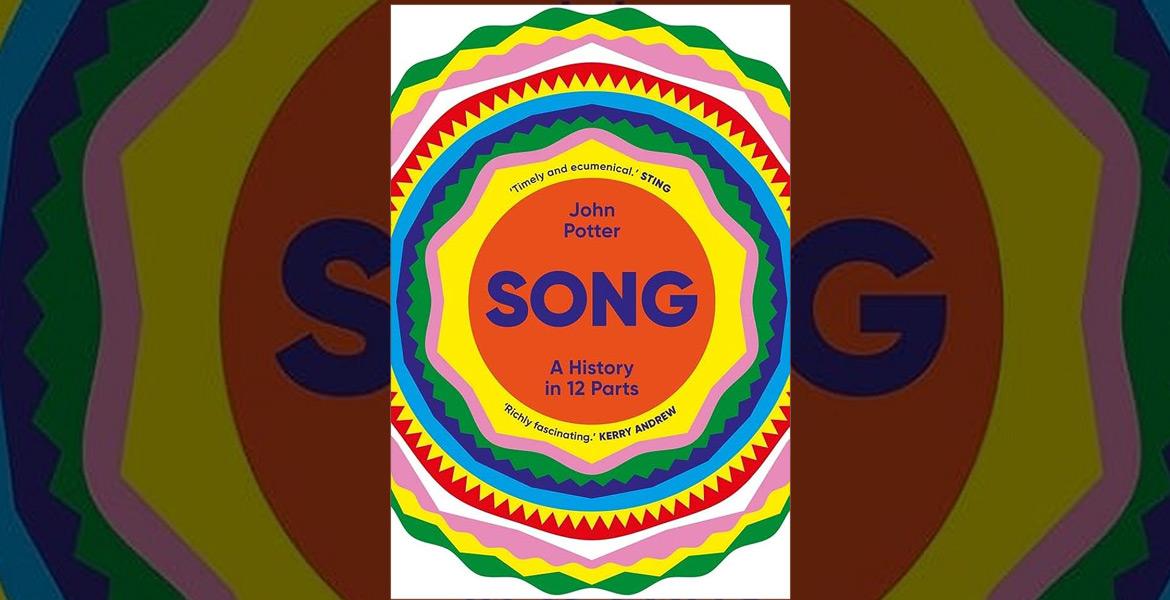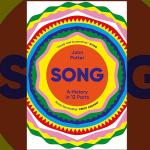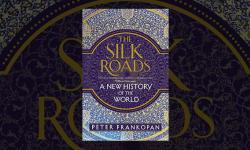Song: A History in 12 Parts, John Potter
Of all forms of human art and creative expression, singing is surely one of the most timeless. Across the world, the enjoyment of song in its many forms is a powerful part of human culture. At its most public and shared it can be seen in the rapt attention of a passionate crowd at a live performance by a famous artist, or in the chorus of thousands in a massive stadium before a sporting event. At its most private it may be found in a timid soul letting rip with a song they love while in the safety of the shower. And, of course, there is always the karaoke bar, that somehow brings together the public and the private in its own bizarre way. Songs and singing are with us, whether we care much about them or not, and whether we are skilled in delivering them or hopelessly, cringe-inducingly bad.
We may never be able to know for certain when the sounds of our prehistoric forebears turned deliberately melodic, but the use of the voice, accompanied or otherwise, as a musical instrument surely goes back to our early days, long predating the written word that can give us clear evidence of it. Then, as now, song would have served multiple purposes, being a form of entertainment, a way of transmitting knowledge and stories, and was doubtless used in a spiritual setting as well. In his book Song: A History in 12 Parts, John Potter takes us on a fascinating and enlightening journey through the history of song. To do so, as the title suggests, he has chosen twelve different pieces, starting in the Middle Ages, using each as a way to show the development of different styles of song and how the societies in which they developed themselves changed.
As cultural artefactsObjects made by humans that are of historical interest., songs can tell us much about the worlds in which they were created, and perhaps one of the most enjoyable aspects of the book is that Potter takes the time to put each piece in its context, allowing us to understand how these songs came to be and what they may have meant to the people of the time, meanings which can sometimes be hard to grasp when hearing them so much later. By doing this, Potter treats us to a wealth of intriguing stories and a good amount of social history alongside his analysis of the music itself. So we get to learn about Hildegard von Bingen, an anchoress nun literally walled up in the nuns' quarters at a monastery, who has the distinction of being one of the very first people, male or female, to have their songs survive to the present day and be named as the composer. We get the evocative tales of the troubadours, singing mainly of their unrequited love for unattainable ladies (although occasionally being downright obscene in their sexual boasting), but later also beginning to sing what can only be described as protest songs against Church corruption and the crusade against the Cathars. The riveting journey continues through to the arrival of the avant garde movements in the twentieth century, all Dadaism and Futurism, and ends with a look to the future.
Of course, it is not all social history and cultural analysis. This is a book about music and Potter's level of study and knowledge of his subject oozes from every page, supported by a wealth of primary and secondary sourcesHistorical sources of information which are written after the event, and where the writer did not witness the event themselves.. Yet he delivers his explanations of change in the technical and compositional aspects of music in a clear and approachable manner, his writing rarely getting bogged down in jargon or language that might dissuade the musically clueless from giving the book a read. Sure, it helps to know what an octave is and to know the difference between monophonic and polyphonic music, but for those not versed in music theory, this is a very readable and engaging way to learn something new, while at the same time learning about much more than just the music itself.
In terms of doing what it sets out to do, there is little to criticize in the book at all. If there is anything here that could be perceived as a lack, it is one that Potter addresses himself right from the start. No two people attempting a similar book would be likely to choose the same twelve songs, as songs have meanings and associations, personal, cultural and temporal. This is a history of the European song tradition, not an exhaustive look at all of the rich traditions around the globe. So this is not the place to find out about the development and social place of singing across Asia or Africa. Those are vast areas to cover and Potter has, quite rightly, stuck to what he knows best, so he can explore the ideas he wishes us to think about in the greatest detail. Yet while the actual songs and cultural settings might be from a relatively small part of the world, much of what is explored in the book is surely as universal as is the love of song itself. By devoting attention to the tradition he has chosen, and that he knows so well, John Potter has given readers the tools and ideas to explore other traditions as they see fit. For, while someone may have heard of few (or even none) of these songs and composers before picking up the book, it is unlikely they will come out the other side without a greater understanding of, and enthusiasm for, singing, in all its myriadCountless or very large number. forms.
- Log in to post comments







